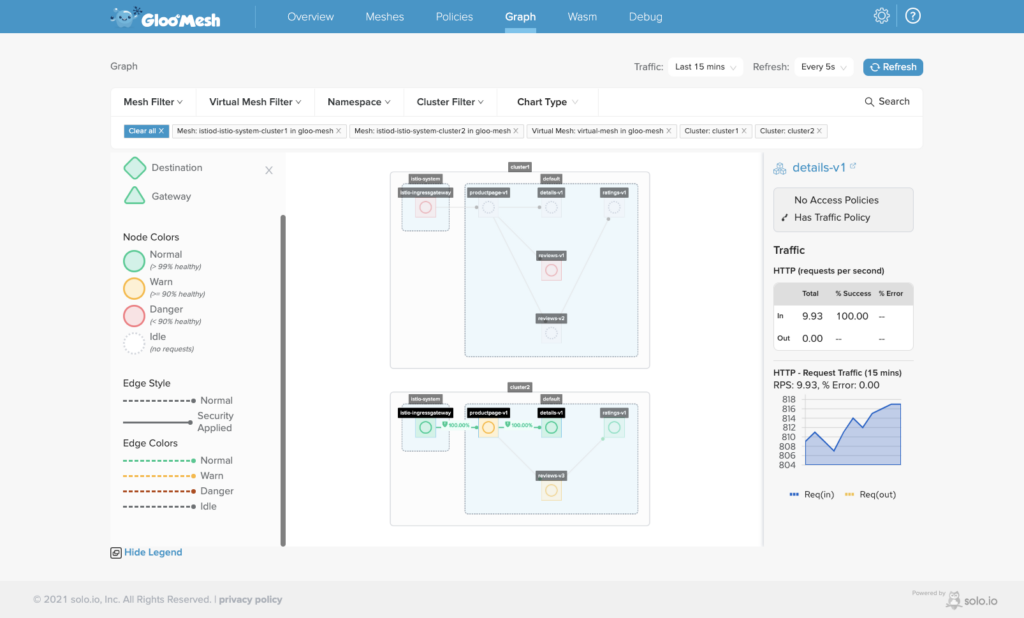Solo.io Streamlines Istio Service Mesh Deployment
Solo.io today revealed it is making several moves to make it easier to employ the open source Istio service mesh on top of Kubernetes clusters in conjunction with other tools for managing application programming interfaces (APIs).
Gloo Mesh Enterprise now also includes a curated instance of Istio along with Gloo Mesh Gateway, an API gateway, and Gloo Portal, a catalog for sharing APIs across multiple instances of the Istio service mesh running on multiple clusters.
Idit Levine, founder and CEO, Solo.io, says the Gloo Mesh Gateway provides IT teams with an alternative to the basic API gateway that is already included in the open source edition of Istio. Gloo Mesh Gateway provides more advanced security and traffic management capabilities such as external authentication and more advanced rate limiting, she says. The goal is to better streamline the overall deployment of a complete Istio environment, adds Levine.
Other capabilities added to Gloo Enterprise include observability tools to monitor, troubleshoot and track behaviors over time, enhanced security certificate management tools, the ability to discover multiple available ingress gateways for each managed service mesh and a VirtualMesh abstraction layer through which IT teams can select specific ingress gateways to handle east-west traffic across multiple clusters.
Gloo Mesh Enterprise also gives IT teams access to features of Gloo Edge, an API gateway for edge computing platforms based on open source Envoy proxy software that Solo.io also makes available. Originally developed by Google, Istio is also based on Envoy.
Most enterprise IT teams are still navigating when to rely on proxy software versus an ingress controller, API gateway and a service mesh to manage APIs. Within the context of a Kubernetes environment, Solo.io is trying to make it simpler for IT teams to employ a mix of options depending on the number of APIs that need to be managed. An IT organization, for example, may not need all the capabilities of a service mesh such as Istio until they are managing hundreds of APIs.
Istio has emerged as one of the leading service mesh platforms for managing APIs at scale. However, there are also several alternatives that have emerged. Some of those options are based on Envoy while others employ different proxy software as the foundation for a service mesh. Envoy and Istio are both complex platforms that require a significant amount of IT expertise to deploy on top of a Kubernetes platform that itself is also challenging to deploy and maintain.
Regardless of the management platform employed, the number of APIs that organizations will need to manage continues to exponentially increase with the deployment of microservices-based applications. Each microservice that makes up those applications exposes an API that needs to be secured and managed. In many cases, development teams are responsible for selecting the platform used to manage those APIs. However, as the number of APIs increases, it’s only a matter of time before enterprise IT organizations start to define a service mesh standard for their organization.



